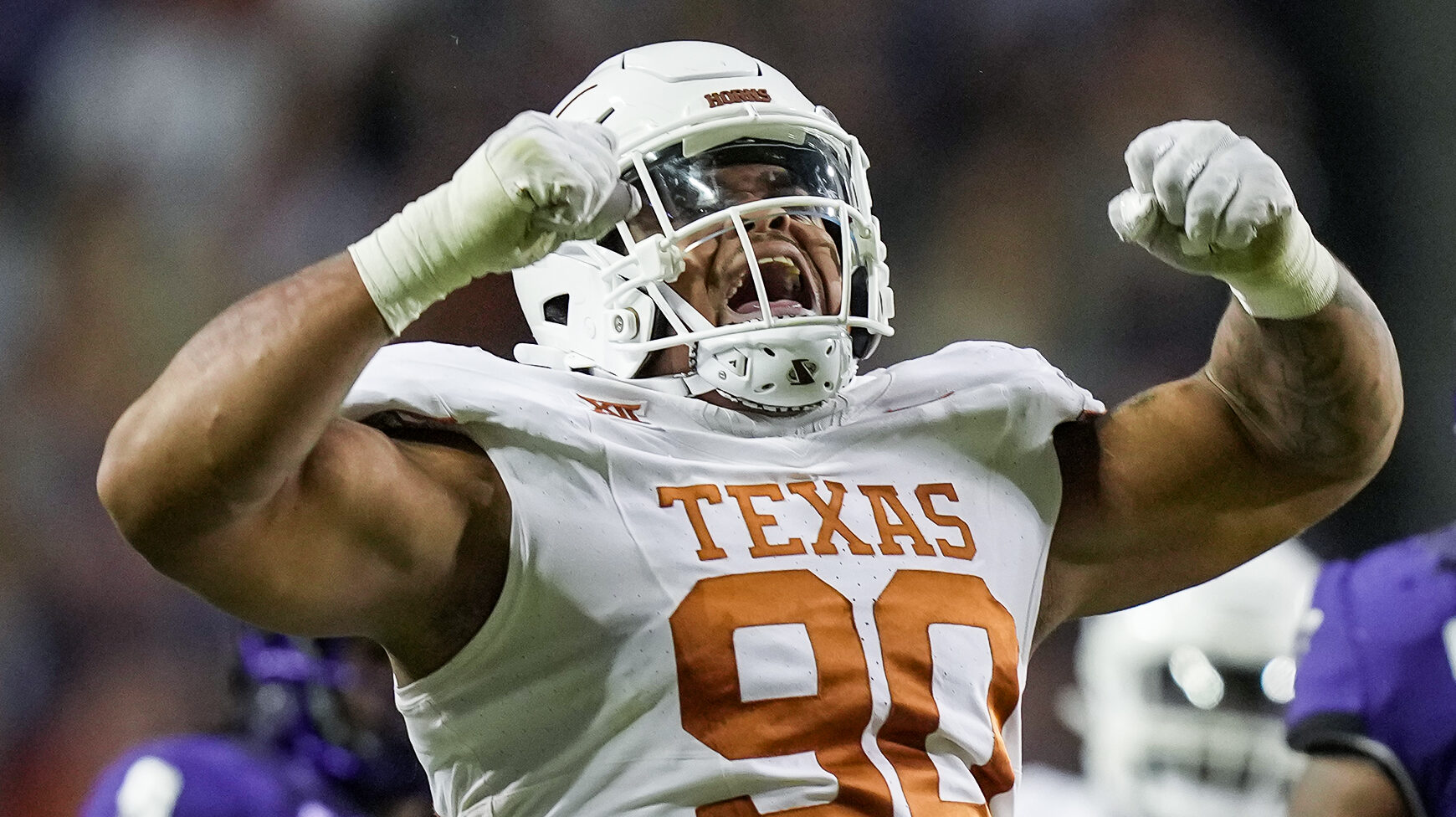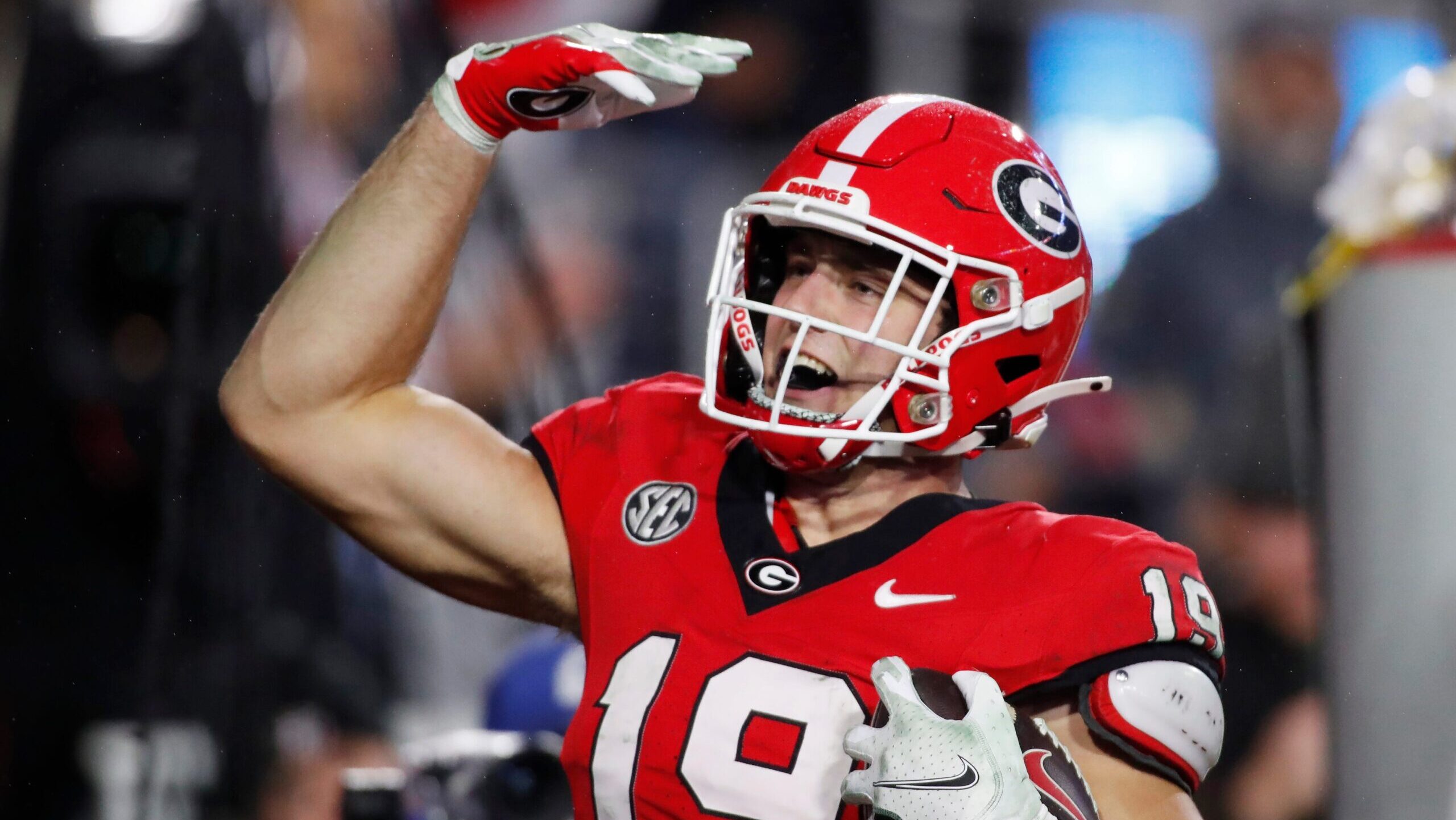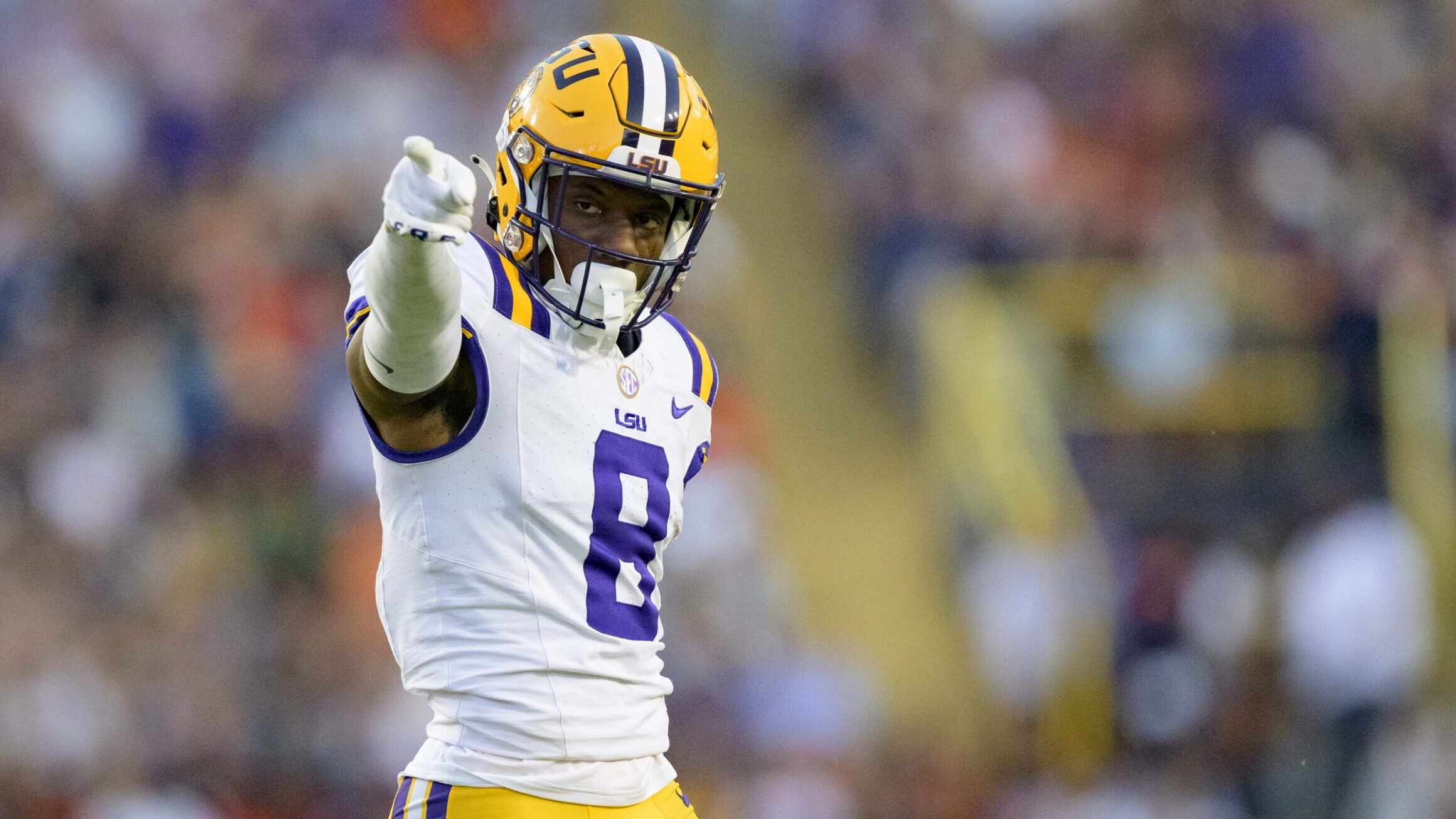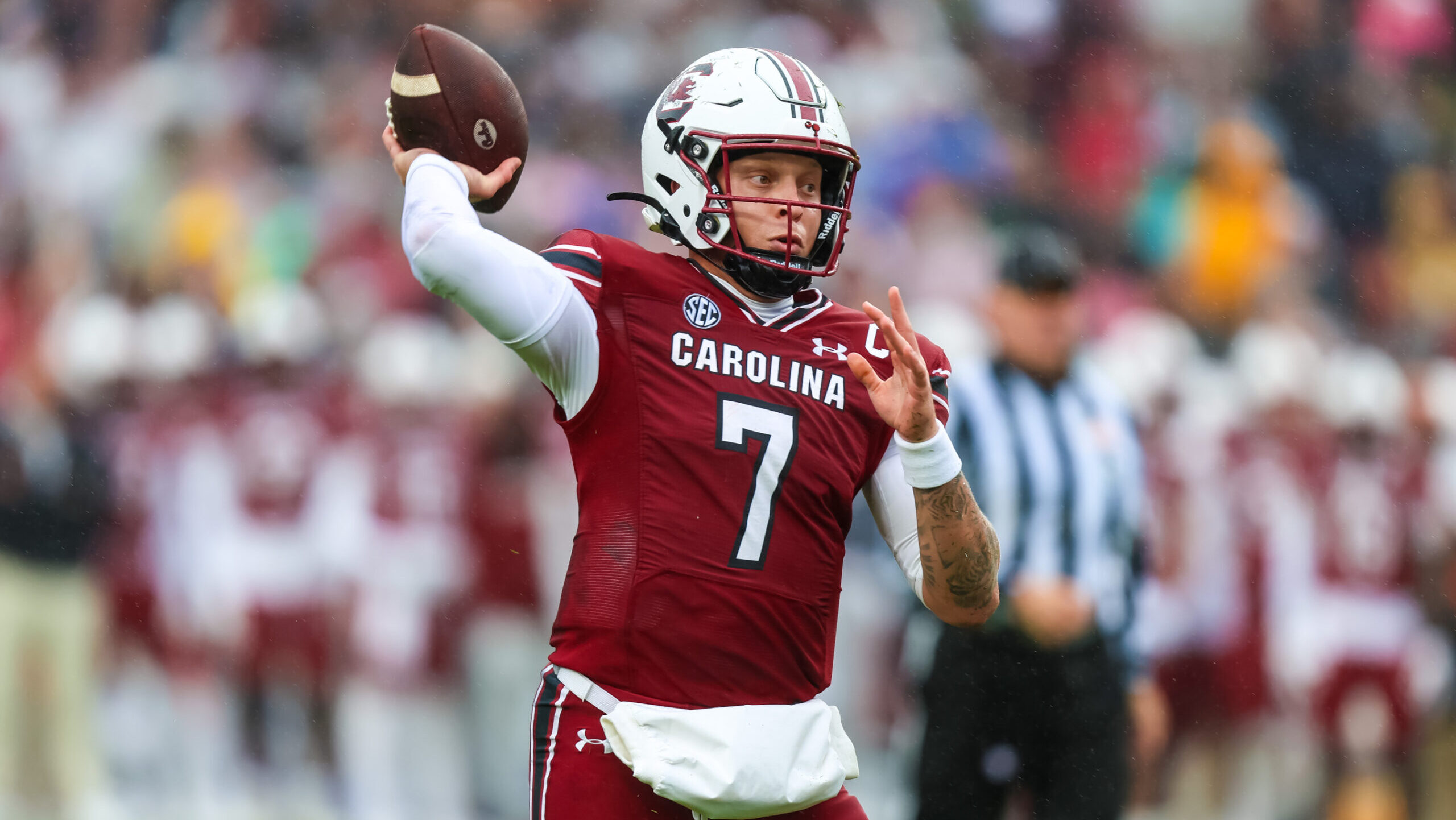Analysis
9/30/22
4 min read
Sports Info Solutions: Dalvin Cook’s Injury Outlook
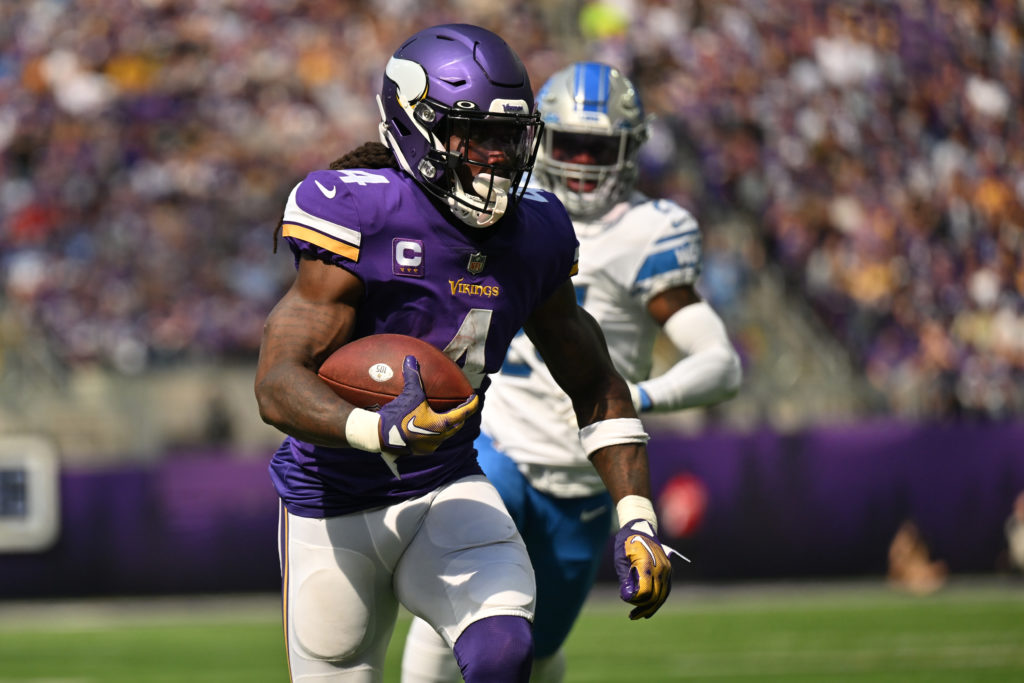
Recurrence is defined as "a new occurrence of something that happened before." Unfortunately for Vikings running back Dalvin Cook, that is a word he is well acquainted with.
During Week 12 of the 2021 season, Cook suffered a left shoulder dislocation and labral tear against the 49ers. After missing one week, Cook notoriously returned with a vengeance and rushed for 204 yards and two touchdowns.
Although he played with the injury, he was expected to undergo surgery during the offseason to repair the damage. ESPN’s Chris Mortensen revealed prior to Week 3’s action that Cook repeatedly declined surgery despite the Vikings' insistence. Less than a year later, Cook dislocated that same shoulder this past Sunday against the Lions.
Cook was listed as a full participant during Thursday’s practice and has a chance to play with a shoulder harness in Week 4 against the Saints.
Cook's Injury History
With that in mind, let’s take a look at Cook’s injury history and evaluate his outlook going forward, starting with his upper body.
Cook is no stranger to shoulder issues. He has a history that extends to his college days at Florida State. He suffered a torn labrum of his right shoulder in March 2014 that required surgery, and he missed the remainder of spring practice two years later.
Cook reaggravated that injury and once again underwent surgery to repair the damage. In both cases, Cook was healthy by the start of the season, and he was highly effective playing with a shoulder harness.
During Week 11 of the 2019 season, Cook suffered a right sternoclavicular sprain. That joint is the junction where your sternum meets your collarbone. He played the following three games, but his snap percentage was less than 50%. He reaggravated his shoulder sprain during Week 14 and missed the final two games of the season.
As you can see, Cook’s shoulder injury history is expansive, but his ability to return to play is also impressive. It is worth mentioning his early career shoulder issues revolved around his right shoulder, and his current injury involves his left.
What Does the Research Say?
To be fair, labral tears and the resulting shoulder instability are a relatively common injury for NFL athletes. Shoulder instability is a broad term that encompasses shoulders with a history of labral tears, subluxations and/or dislocations.
The injury is so common research has been completed and continues to evolve around the development of the best approach to treatment. Research efforts are also in effect to understand the impact on an athlete’s longevity.
The estimated prevalence of shoulder instability among NFL athletes varies between 10% to 14%. The consensus is shoulder instability does not impact an athlete’s longevity or overall performance. There is no evidence of a reduction in an athlete’s overall impact upon their return.
The same result holds true regardless of whether an athlete receives surgery. A re-injury is common for both operative and non-operative management, but research demonstrates there is a longer time interval between recurrent injuries in the athletes that do receive surgery versus those that don’t.
Cook fits within the research findings, as he had a recurring injury for both his surgically repaired right shoulder and his conservatively-managed left shoulder, with the rate of reoccurrence happening sooner on the latter.
Cook’s extensive experience dealing with shoulder injuries will work in his favor. He is familiar with the management of the injury and how to effectively return to play with support from a shoulder harness. The question isn’t whether Cook will be effective when he returns to the field, but how soon before he aggravates the injury again?
James Rodriguez PT, DPT contributed to this report.


